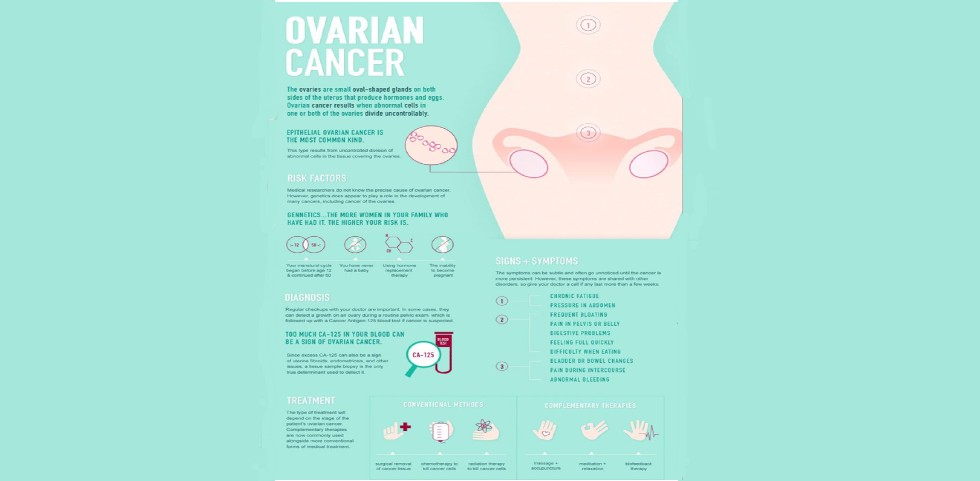Stomach Cancer
With a vision to offers comprehensive and state of the art Stomach Cancer care, Dr. Vaibhav Choudahry provides the support & guidance patients and their families need with one-on-one consultations.
Sign & Symptoms:
There may be no symptoms of stomach cancer early on. Later, symptoms include feeling bloated after eating, feeling full after eating small amounts of food, nausea, heartburn or indigestion.
- Poor appetite.
- Weight loss (without trying)
- Abdominal (belly) pain.
- Vague discomfort in the abdomen, usually above the navel.
- Feeling full after eating only a small meal
- Heartburn or indigestion
- Nausea
- Vomiting, with or without blood
- Swelling or fluid build-up in the abdomen
- Blood in the stool
- Feeling tired or weak, as a result of having too few red blood cells (anemia)
- Yellowing of the skin and eyes (jaundice), if the cancer spreads to the liver

Treatments Recommended :
You will learn about the different types of treatments doctors use for people with stomach cancer. Use the menu to see other pages.
This section explains the types of treatments that are the standard of care for stomach cancer. “Standard of care” means the best treatments known. When making treatment plan decisions, you are encouraged to consider clinical trials as an option. A clinical trial is a research study that tests a new approach to treatment. Doctors want to learn whether the new treatment is safe, effective, and possibly better than the standard treatment. Clinical trials can test a new drug, a new combination of standard treatments, or new doses of standard drugs or other treatments. Clinical trials are an option to consider for treatment and care for all stages of cancer. Your doctor can help you consider all your treatment options. Learn more about clinical trials in the About Clinical Trials and Latest Research sections of this guide.
 Surgery
Surgery
Surgery is the removal of the tumor and some surrounding healthy tissue during an operation. The type of surgery used depends on the stage of the cancer.
Surgery is the removal of the tumor and some surrounding healthy tissue during an operation. The type of surgery used depends on the stage of the cancer.
In early stages (stages 0 or I), when the cancer is still only in the stomach, surgery is used to remove the part of the stomach with cancer and nearby lymph nodes. This is called a subtotal or partial gastrostomy. In a partial gastrostomy, the surgeon connects the remaining part of the stomach to the esophagus or small intestine.
If the cancer has spread to the outer stomach wall with or without having spread to the lymph nodes, surgery plus chemotherapy or chemotherapy and radiation therapy may be used (see below). The surgeon can perform a subtotal gastrostomy or a total gastrostomy, which is the removal of all of the stomach. During a total gastrostomy, the surgeon attaches the esophagus directly to the small intestine.
Gastrostomy is a major surgery and can have serious side effects. After this surgery, the patient will only be able to eat a small amount of food at a time. A common side effect is a group of symptoms called “dumping syndrome,” which includes cramps, nausea, diarrhea, and dizziness after eating. This happens when food enters the small intestine too fast. The doctor can suggest ways to avoid this and can prescribe medication to help control these symptoms. The symptoms usually lessen or disappear in a few months, but they may be permanent for some people. Patients who have had their entire stomach removed may need regular injections of vitamin B12 because they may no longer be able to absorb this essential vitamin through their stomach. Before surgery, talk with your health care team about the possible side effects from the specific surgery you will have.
Regional lymph nodes are often removed during surgery because the cancer may have spread to those lymph nodes. This is called a lymphadenectomy. There is still debate as to how many lymph nodes should be removed. In Europe and especially in Japan, more lymph nodes are removed than in the United States.
When the cancer is diagnosed as Stage IV, surgery is typically not recommended as the main treatment (see Metastatic stomach cancer, below). Other types of treatment will be recommended instead.
 Chemotherapy
Chemotherapy
Chemotherapy is the use of drugs to destroy cancer cells, usually by keeping the cancer cells from growing, dividing, and making more cells.
A chemotherapy regimen, or schedule, usually consists of a specific number of cycles given over a set period of time. A patient may receive 1 drug at a time or a combination of different drugs given at the same time.
The goal of chemotherapy can be to destroy cancer remaining after surgery, slow the tumor’s growth, or reduce cancer-related symptoms. It also may be combined with radiation therapy. Currently, there is no single standard chemotherapy treatment regimen that is used worldwide. However, most chemotherapy treatments for stomach cancer are based on combinations of the following drugs:
- Cisplatin (available as a generic drug)
- Oxaliplatin (Eloxatin)
- Fluorouracil (5-FU, Efudex)
Other drugs used include:
- Capecitabine (Xeloda)
- Docetaxel (Taxotere)
- Epirubicin (Ellence)
- Irinotecan (Camptosar)
- Paclitaxel (Taxol)
The side effects of chemotherapy depend on the individual and the dose used, but they can include fatigue, risk of infection, nausea and vomiting, hair loss, loss of appetite, and diarrhea. These side effects usually go away after treatment is finished.
 Radiation Therapy
Radiation Therapy
Radiation therapy is the use of high-energy x-rays or other particles to destroy cancer cells. A radiation therapy regimen, or schedule, usually consists of a specific number of treatments given over a set period of time. People with stomach cancer usually receive external-beam radiation therapy, which is radiation given from a machine outside the body. Radiation therapy may be used before surgery to shrink the size of the tumor or after surgery to destroy any remaining cancer cells.
Side effects from radiation therapy include fatigue, mild skin reactions, upset stomach, and loose bowel movements. Most side effects go away soon after treatment is finished. Talk with your radiation oncologist about the possible side effects you may experience and your recovery period.